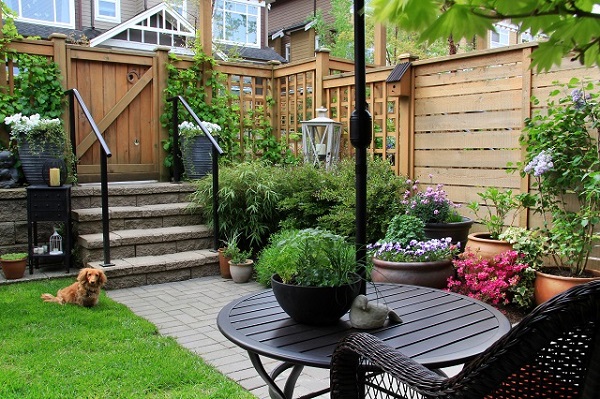Curb appeal is about more than just the first impression a property makes. Since we’ve all been spending more time at home and in the safe space of our backyards, people intimately understand the value of the yard as a place for children and pets to play, an extension of the home’s living space, and a natural setting in which to de-stress. This trend of“backyarding” makes the family yard more important than ever before.
Here are six ways sellers can improve curb appeal this spring to help buyers visualize the “backyarding” potential at their home.
Spring Clean: It’s likely your yard needs a good clean-up after the winter. A leaf blower will make quick work of clearing debris from flowerbeds, yards, and mulched areas under your trees. You should also fix bare patches in the grass and add a fresh layer of mulch to create a neat-looking outdoor space.
Keep Safety in Mind: Before you use your mower and any other outdoor power equipment, refresh yourself on handling and safety procedures. Follow all guidelines, and familiarize yourself with the controls. If you have lost your manual, look it up online (and save a copy on your computer for easy reference next time).
Mow Your Lawn: A carpet of grass is inviting for potential buyers and creates a crisp backdrop for the rest of your living landscape choices. Proper mowing helps create a more beautiful, lower-maintenance, and drought-tolerant lawn. Preferred length varies by grass type, but the general rule of thumb is to cut only the top third of the grass blades off at any given time. Taller grass blades shade the soil and keep it cooler, helping control weeds. Taller grass is also softer to walk on – important for families with little feet and paws to consider.
Trim Bushes & Trees: Use a trimmer, chainsaw or pole pruner to cut back any shrubs, bushes, or trees that have gotten overgrown during the winter. Create a polished look by using an edger to form a clean boundary between the lawn and walkways.
Remember: Right Plant, Right Place: Plant colorful spring flowers in flowerbeds, along fence lines, and in patio containers, especially near the front door. Remember the “Golden Rule” of living landscapes, and put the right plants in the right place. Selecting plants that are native to your climate zone (refer to the USDA’s Plant Hardiness Zone Map) ensures you select species that are adapted to thrive in your location. Native plants require less water and less upkeep.
Plant for Pollinators & Wildlife: Selecting native plants of different varieties that will bloom throughout the year will also attract local pollinators and wildlife to the yard and will add an extra-special touch to showings when they start back up. Our yards are an important part of the connected ecosystem providing much-needed food and shelter for pollinators, such as birds, bees, butterflies, bats, and other creatures. The Audubon Society’s database can help determine which birds will be attracted to which plants in your region so you can make good choices about what to plant.
To learn more, go to TurfMutt.com.

